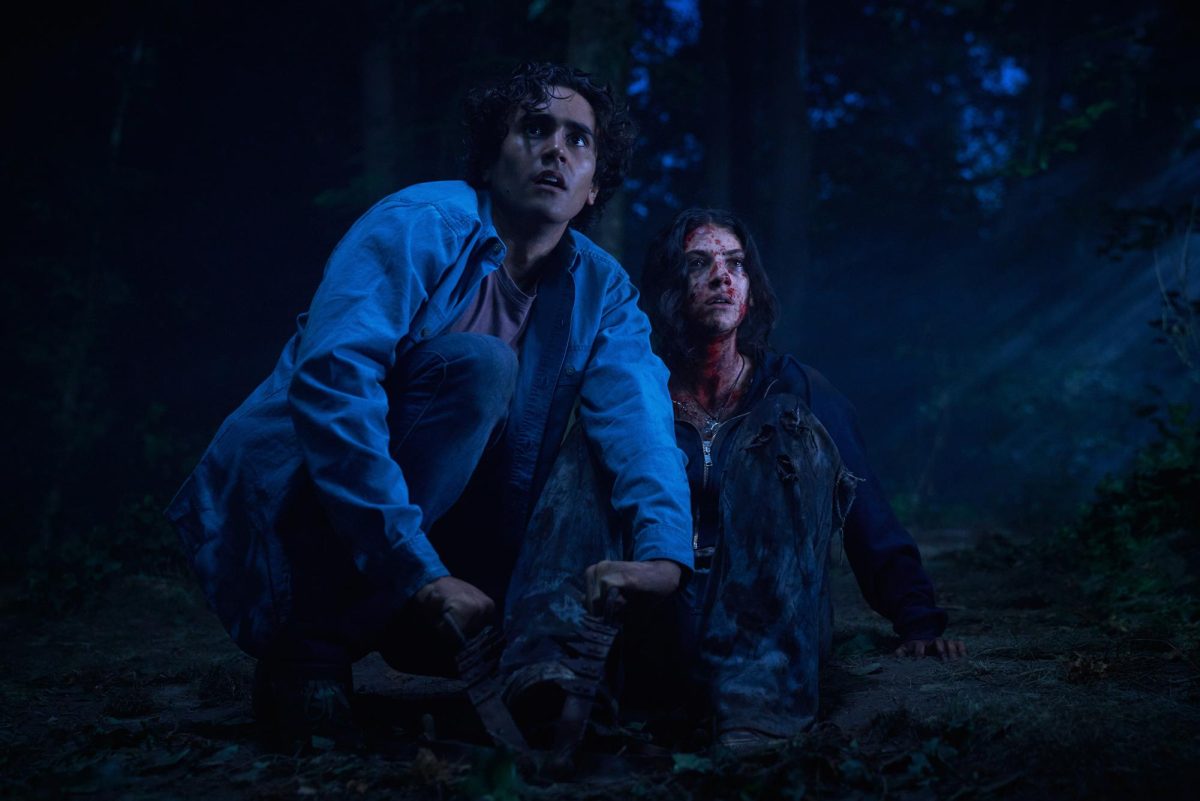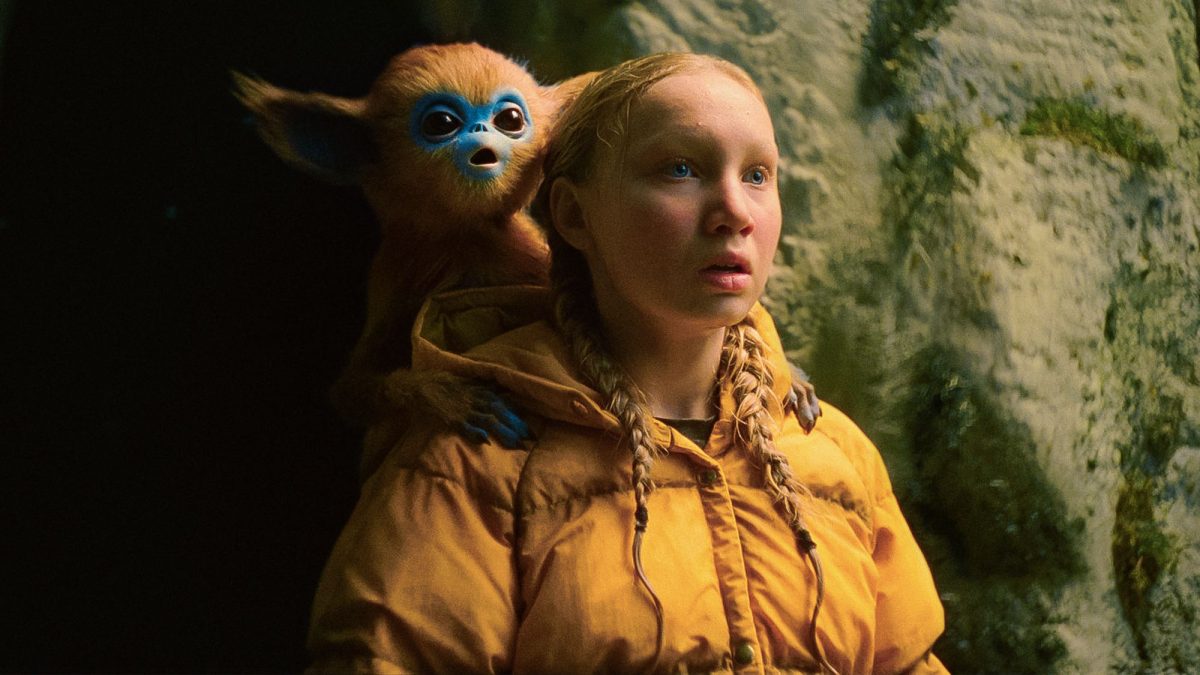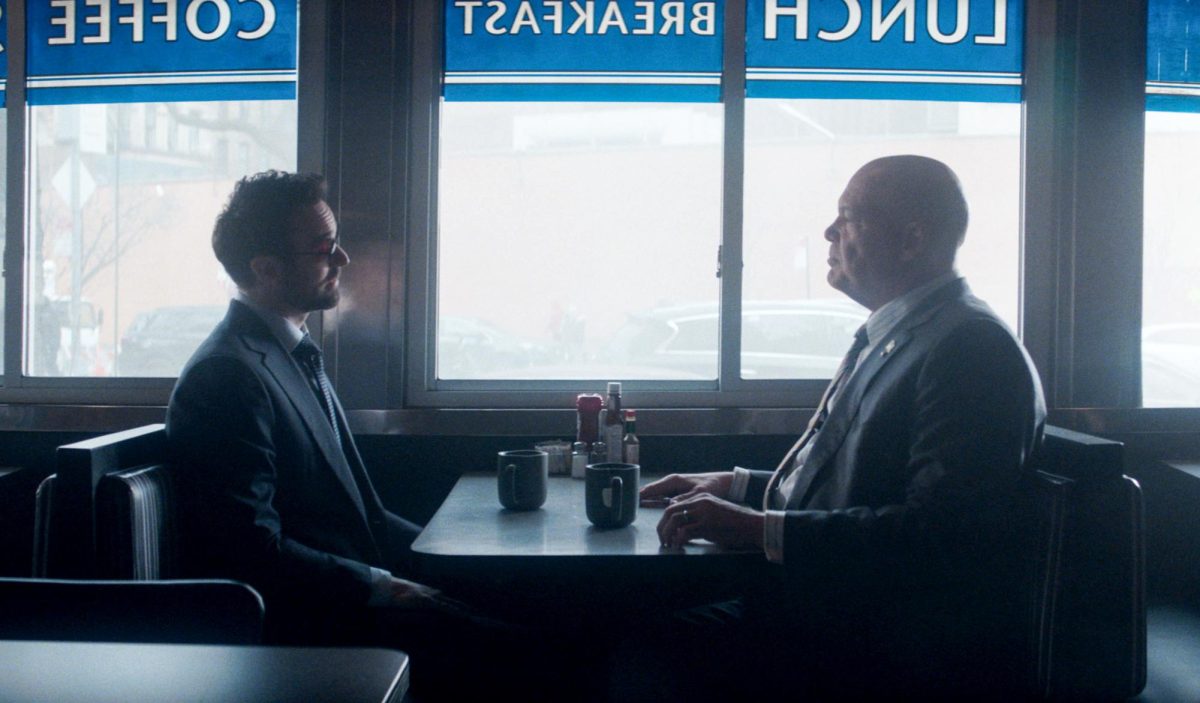“The Catcher in the Rye” is a literary work that, after being assigned to possibly every student in a high-school English class, has become completely ingrained in American society. “Salinger,” a documentary by Shane Salerno, illustrates how the story of author J.D. Salinger is just as powerful as the novels he penned.
This documentary begins with the earliest points in Salinger’s career. It focuses on Salinger’s introduction to the professional world as a short-story writer with aspirations to be published in the prestigious New Yorker magazine, which he eventually achieved. The film quickly shifts into what became an influential experience in Salinger’s life, his service in World War II. A military psychologist interviewed in the film said after 200 days in battle, any soldier would go mad, and Salinger was on the battlefield for nearly 300 days. The scene implies that Salinger’s reclusive nature stemmed from his military service.
The film alternates between scenes chronicling the author’s early history and ones of the search for him during his reclusive final years. This method of simultaneously illustrating two different narratives keeps the audience engaged by not lingering too long on any one story.
This film excels with its talking-head interviews of well-known actors and sources who were close to Salinger. Celebrities such as Edward Norton and Martin Sheen shared their opinions on Salinger’s instrumental role in articulating the inner thoughts and struggles of adolescent readers. While their input might have felt unnecessary at times because they did not know Salinger personally, the interviewees provided a less academic but interesting glance at the impact of Salinger’s novels and stories.
The testimonies from the author’s friends and, in some cases, lovers helped the film shine. The movie’s use of these personal viewpoints break through the barrier that Salinger’s withdrawn nature created. Writer Joyce Maynard’s interview was especially eye-opening as she discussed her secret and scandalous relationship with Salinger, which began when she was 18 years old and he was 53. The almost-taboo relationship comes off as so strange that, by its end, Salinger’s true nature as a man tempted by innocence is revealed.
Though any audience member is certainly subject to his or her own take away from the film, it is almost impossible to not have the yearning to learn more about this troubled author. This ending also instills a desire within its viewers to read the works of Salinger again in order to make more informed interpretations about the author.
















